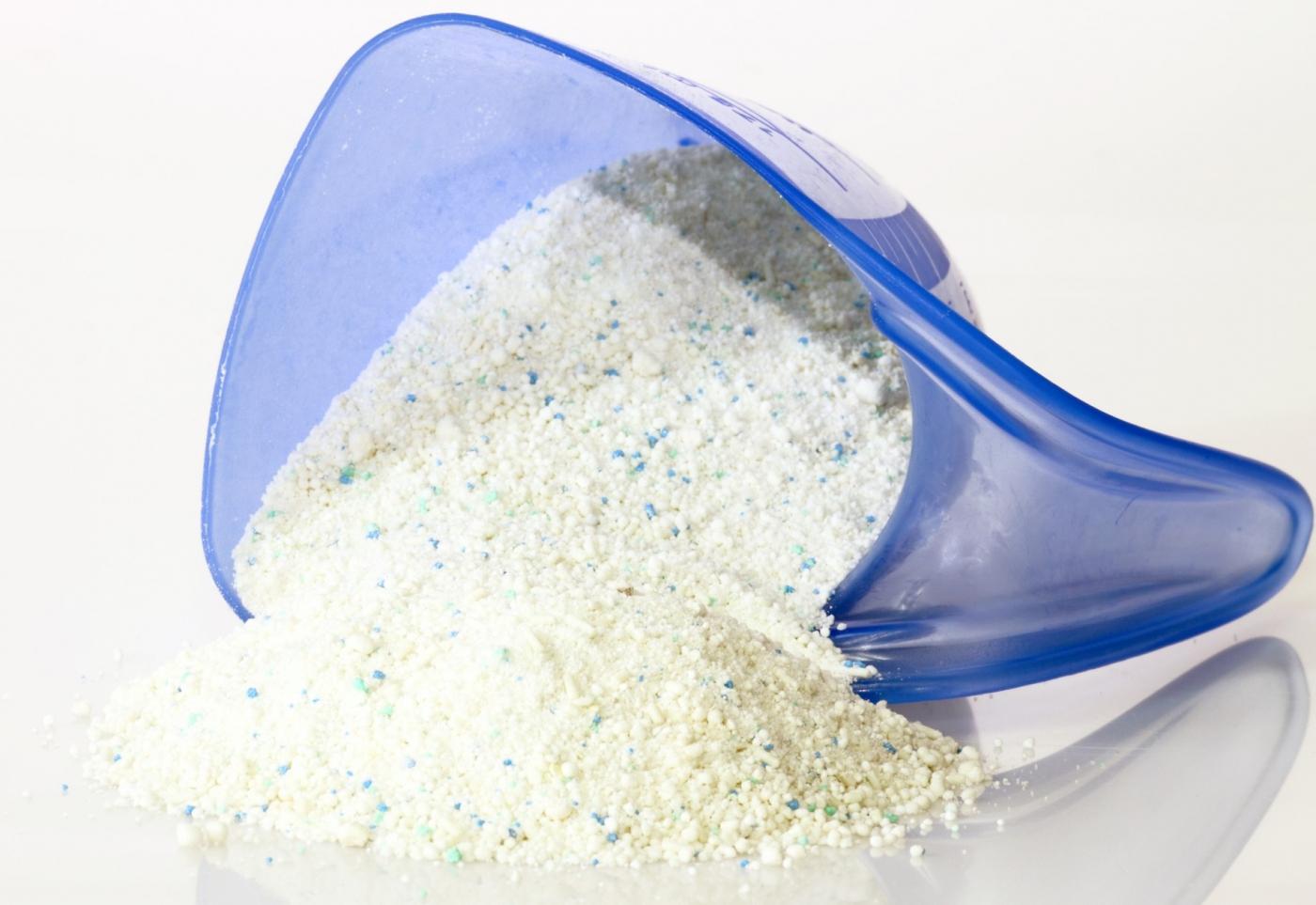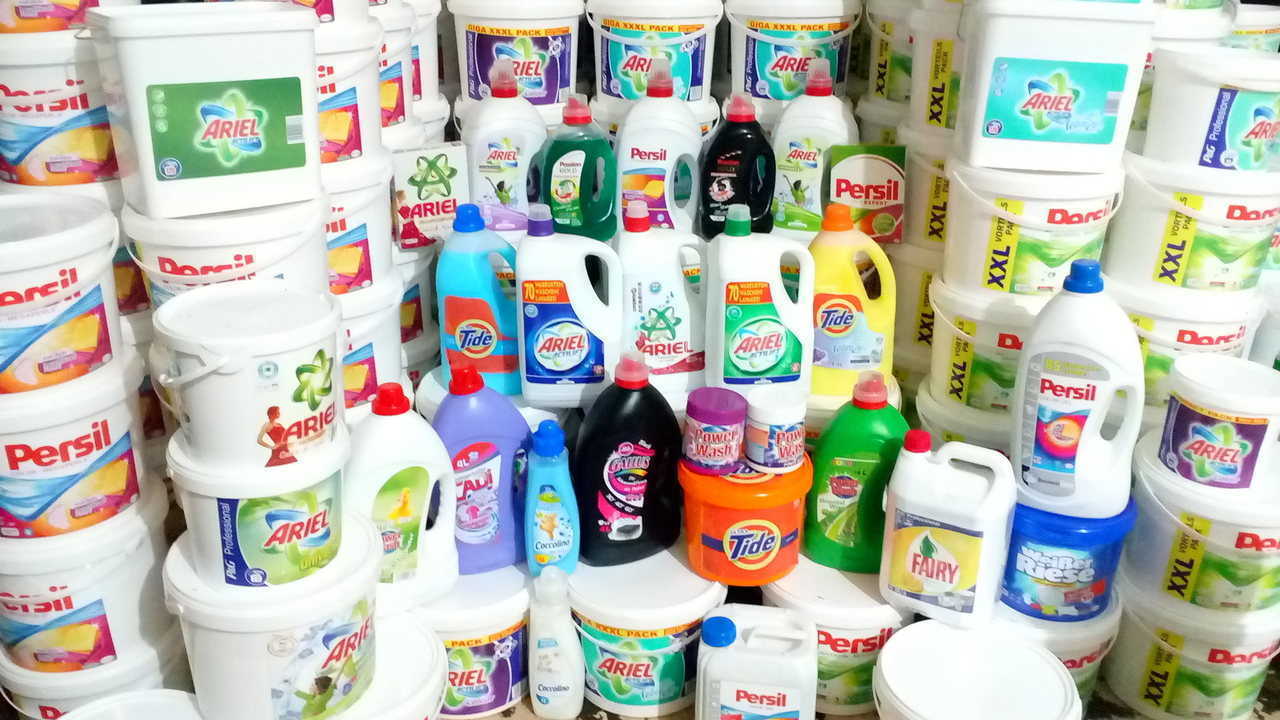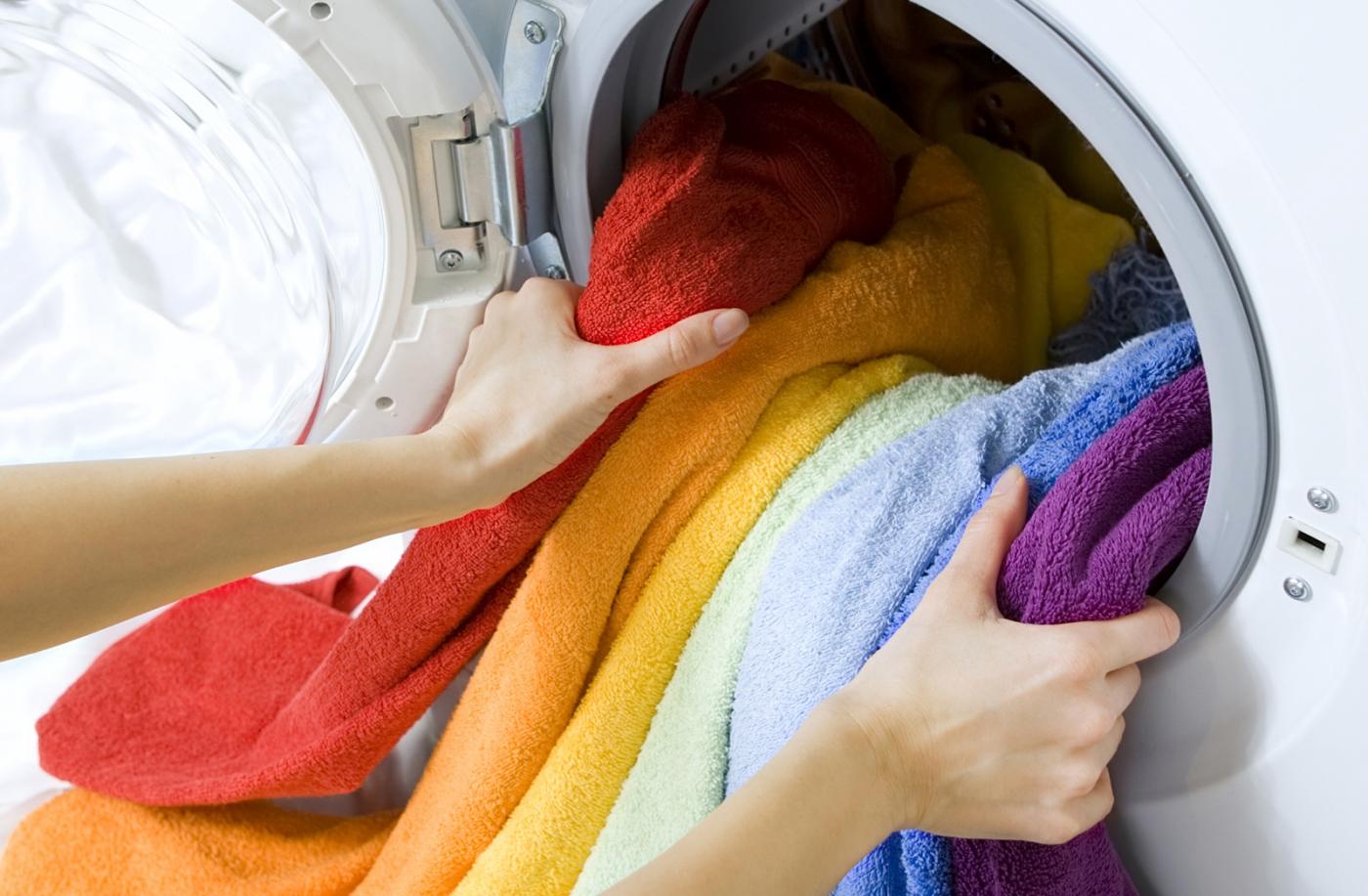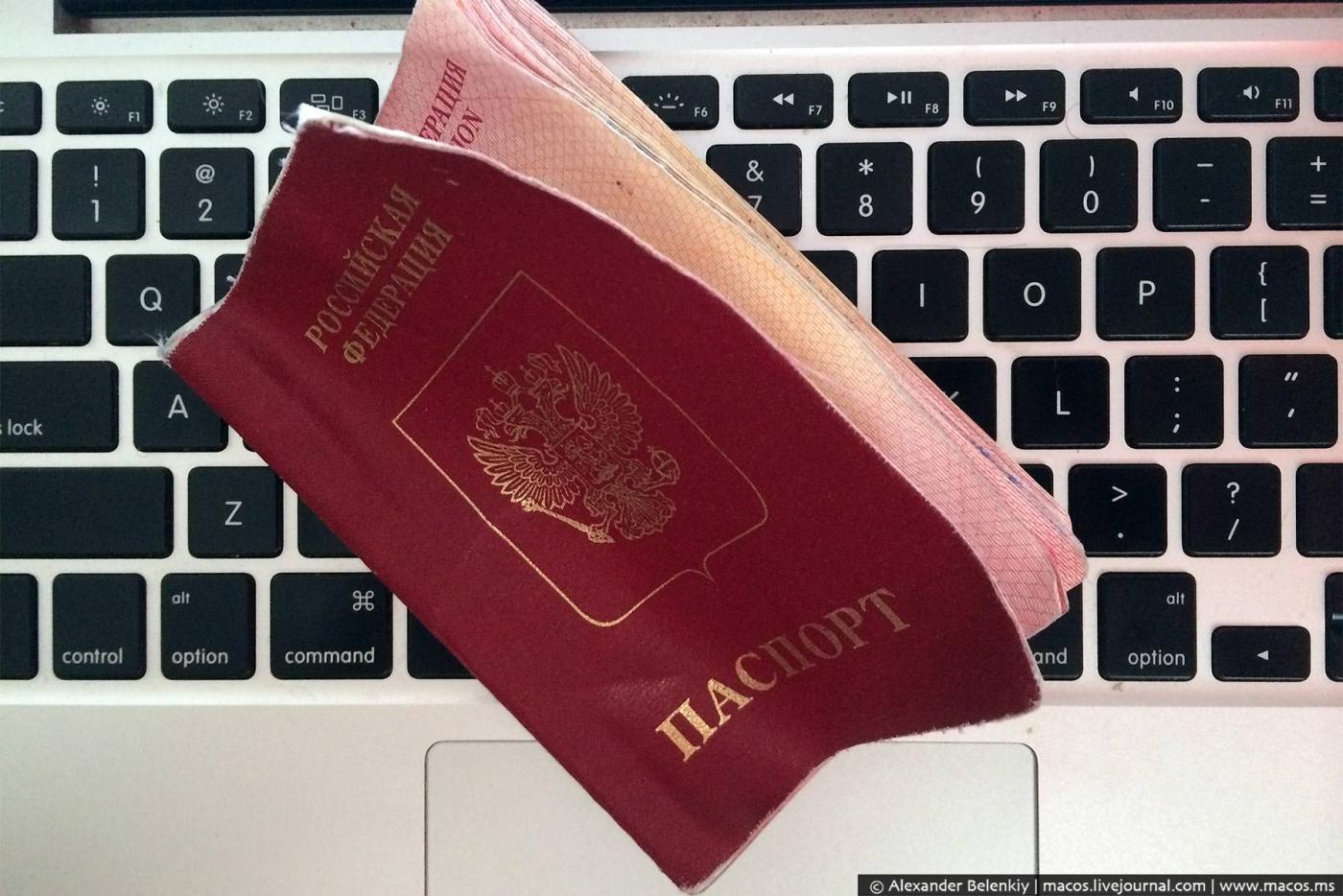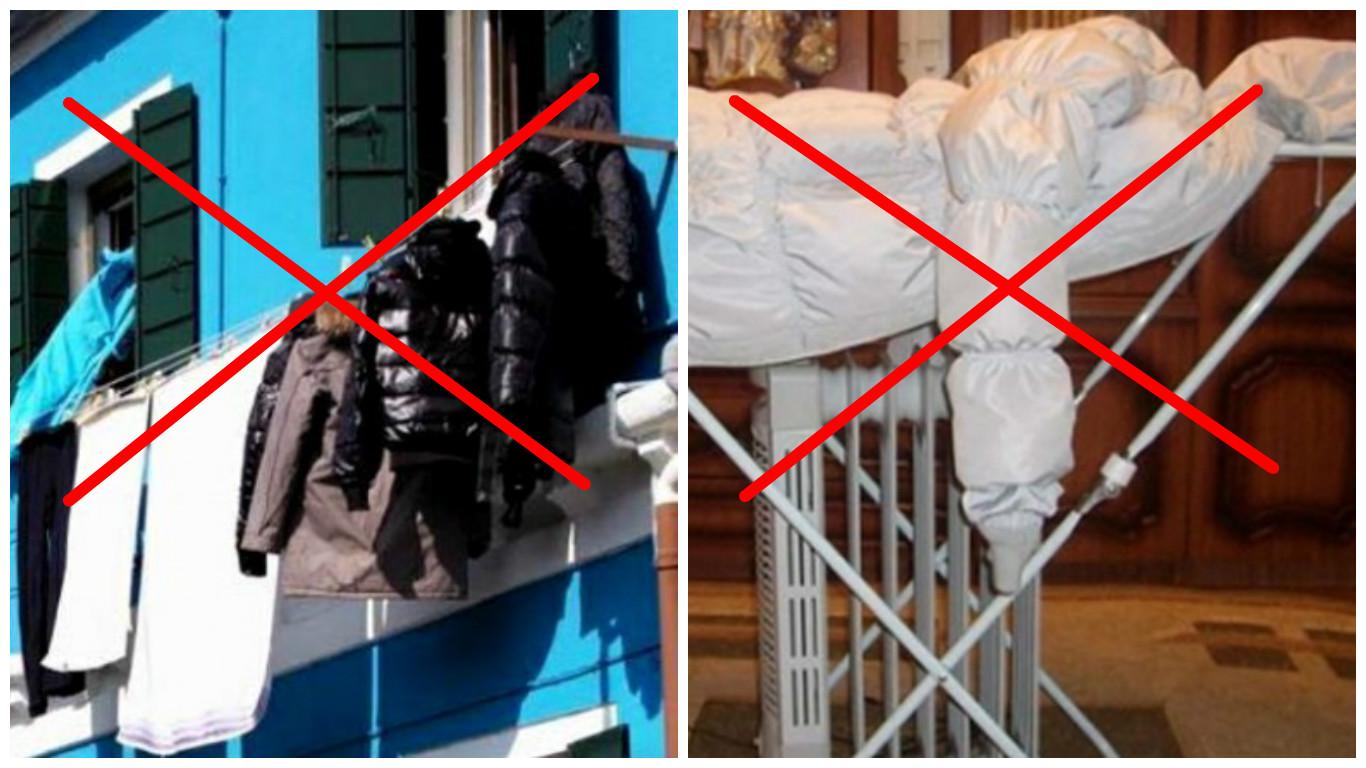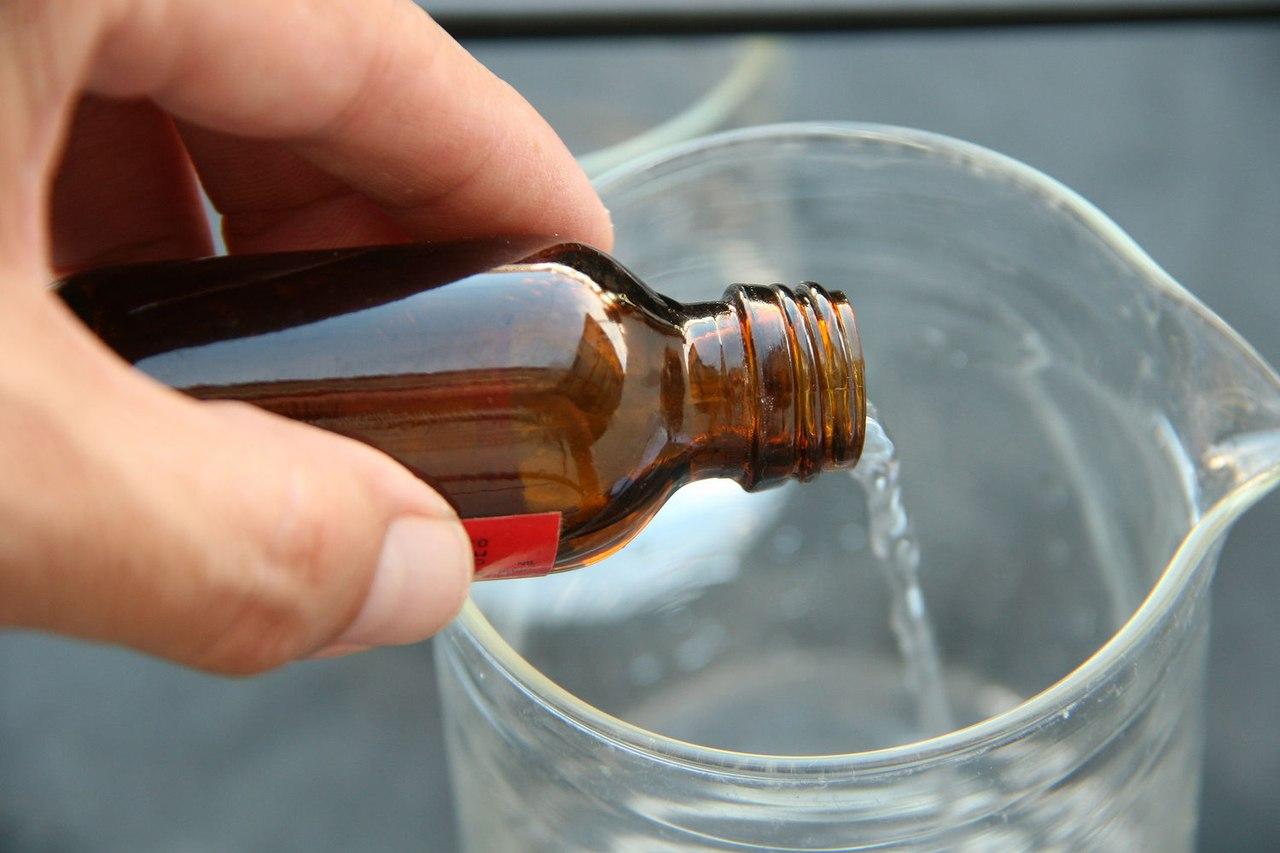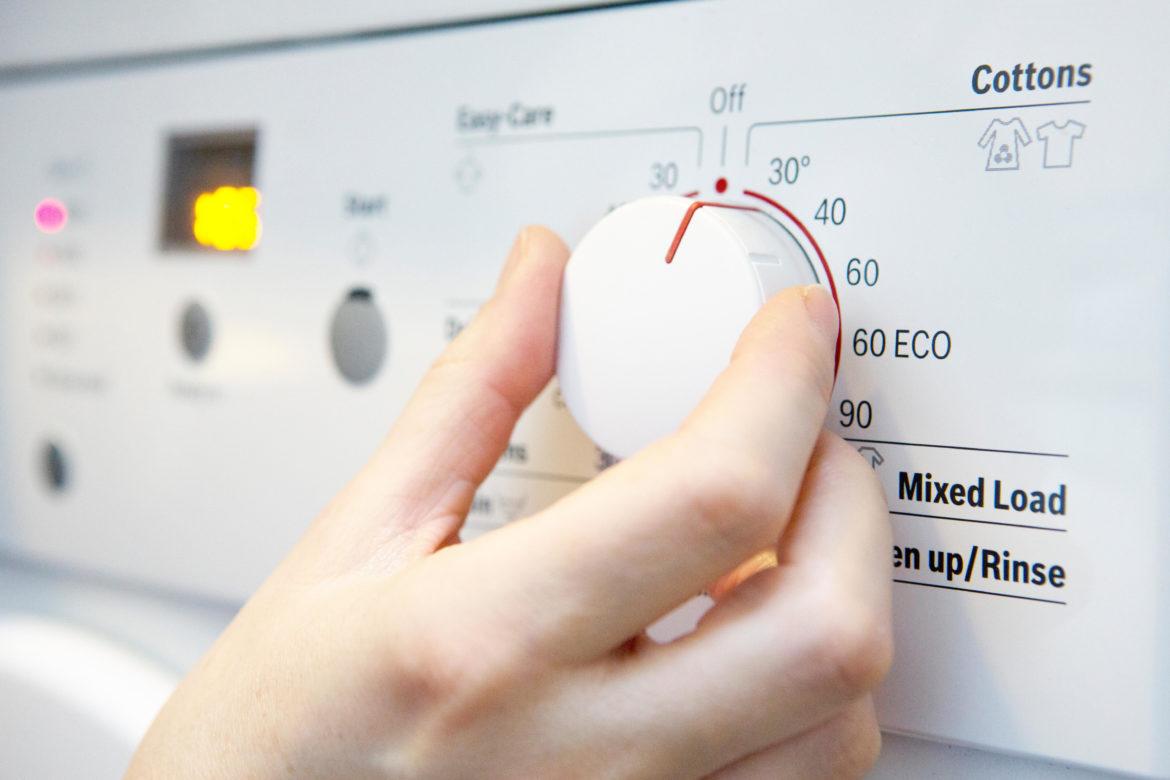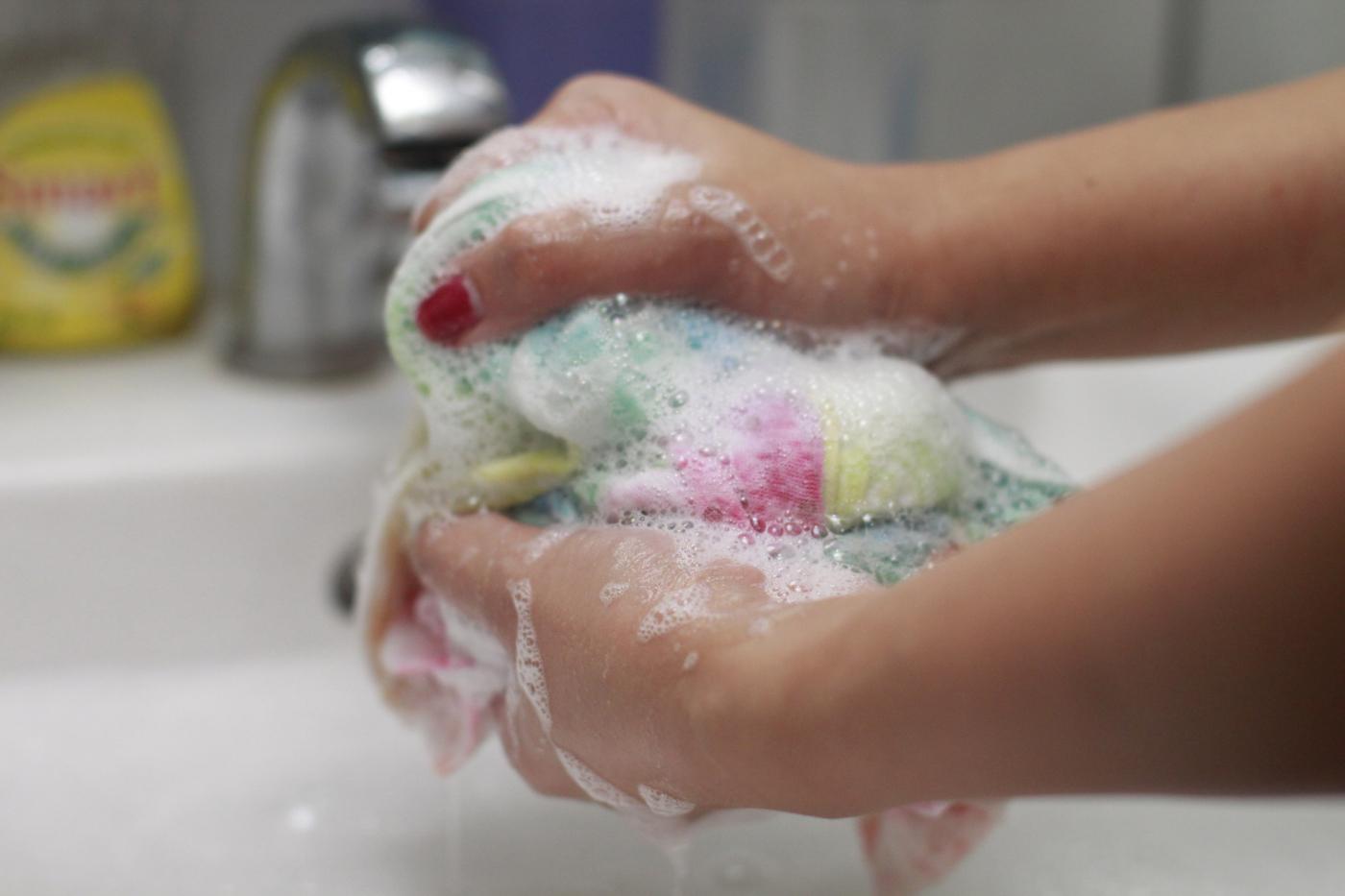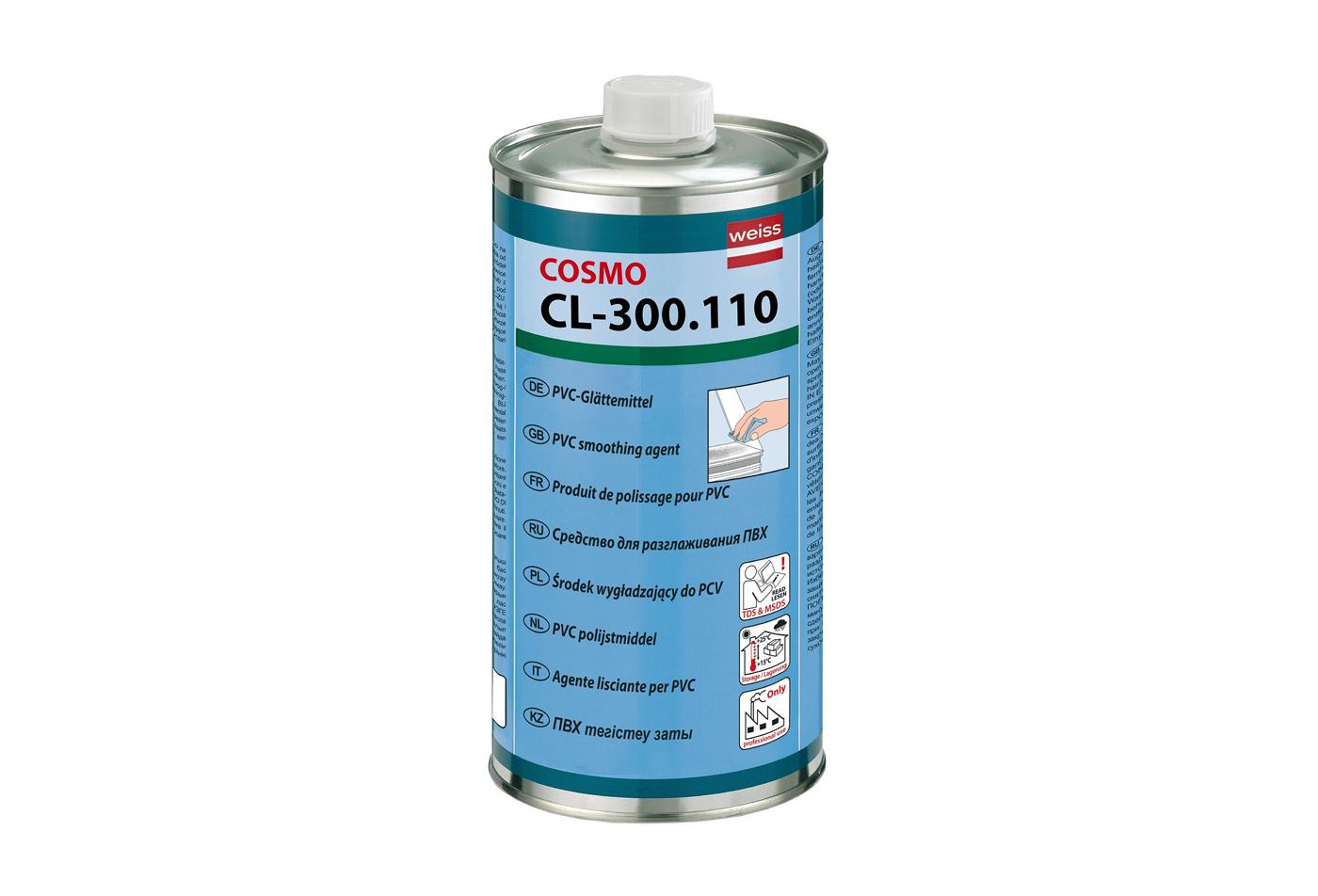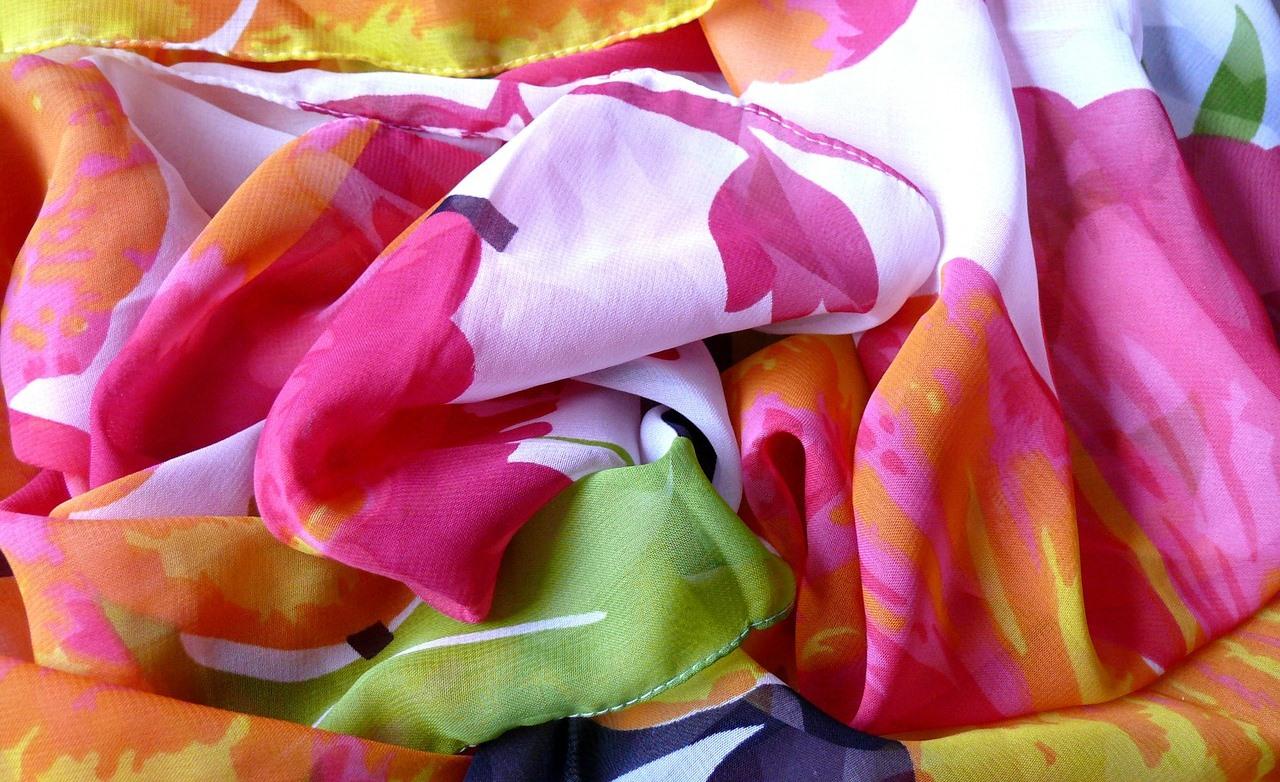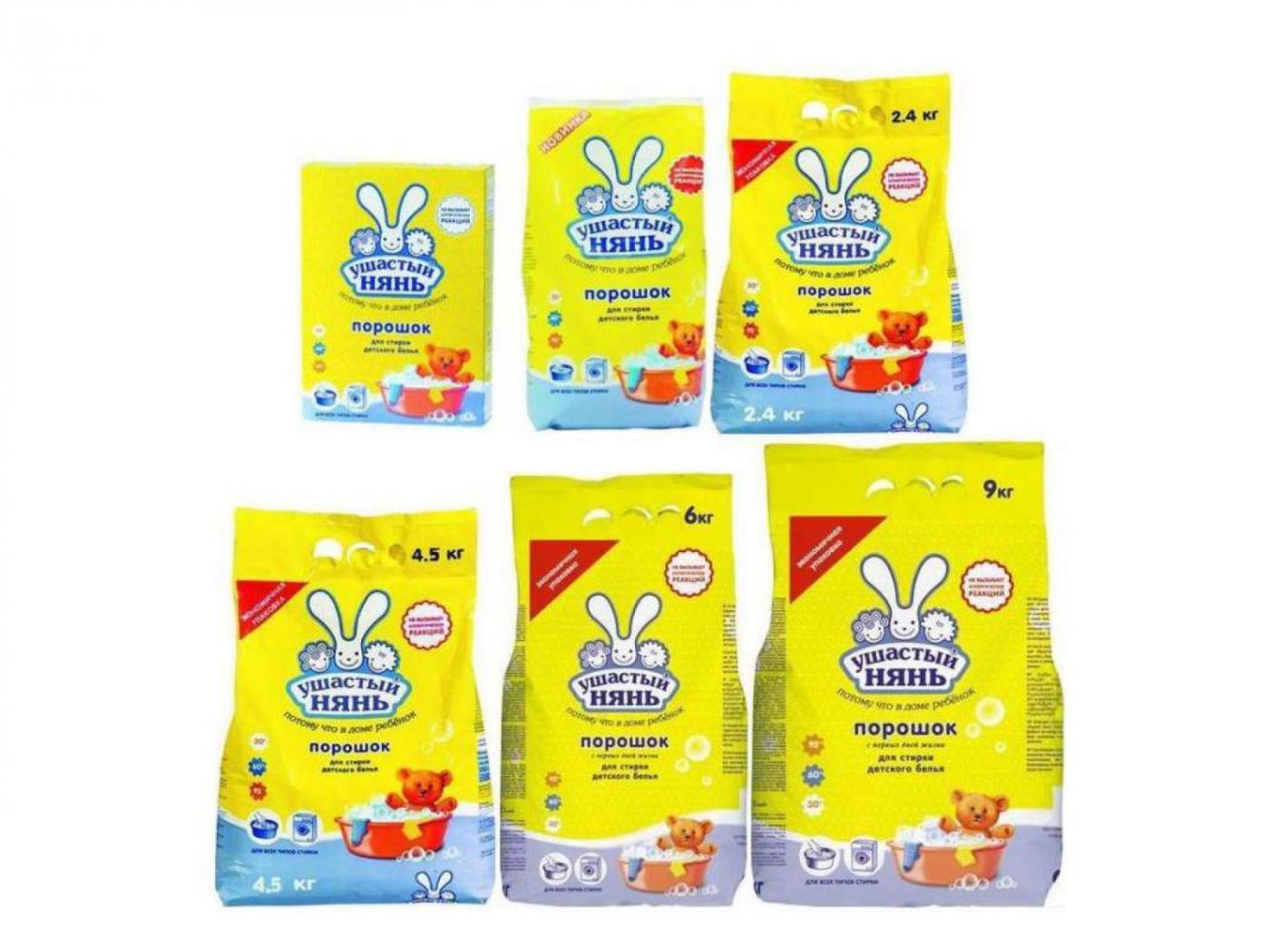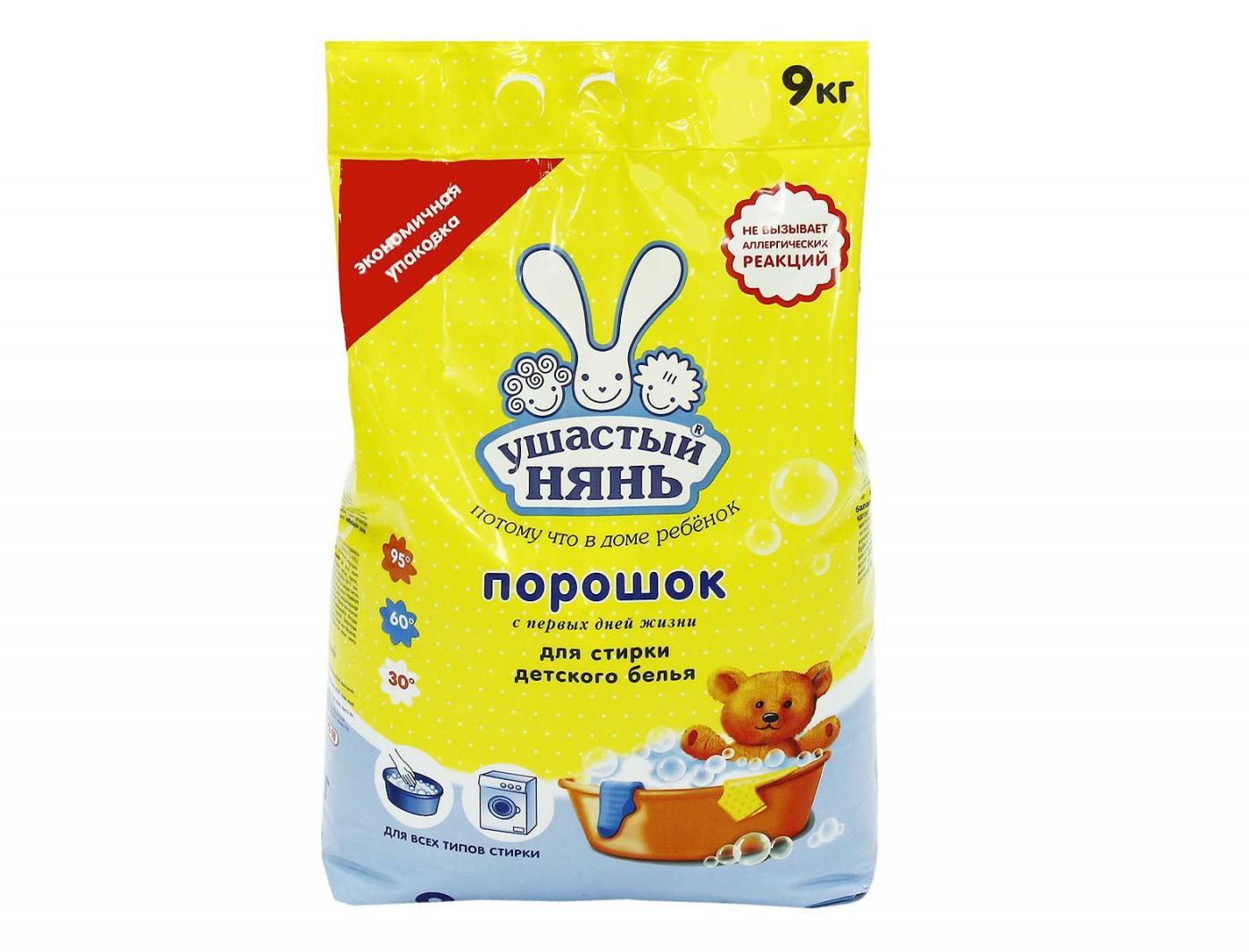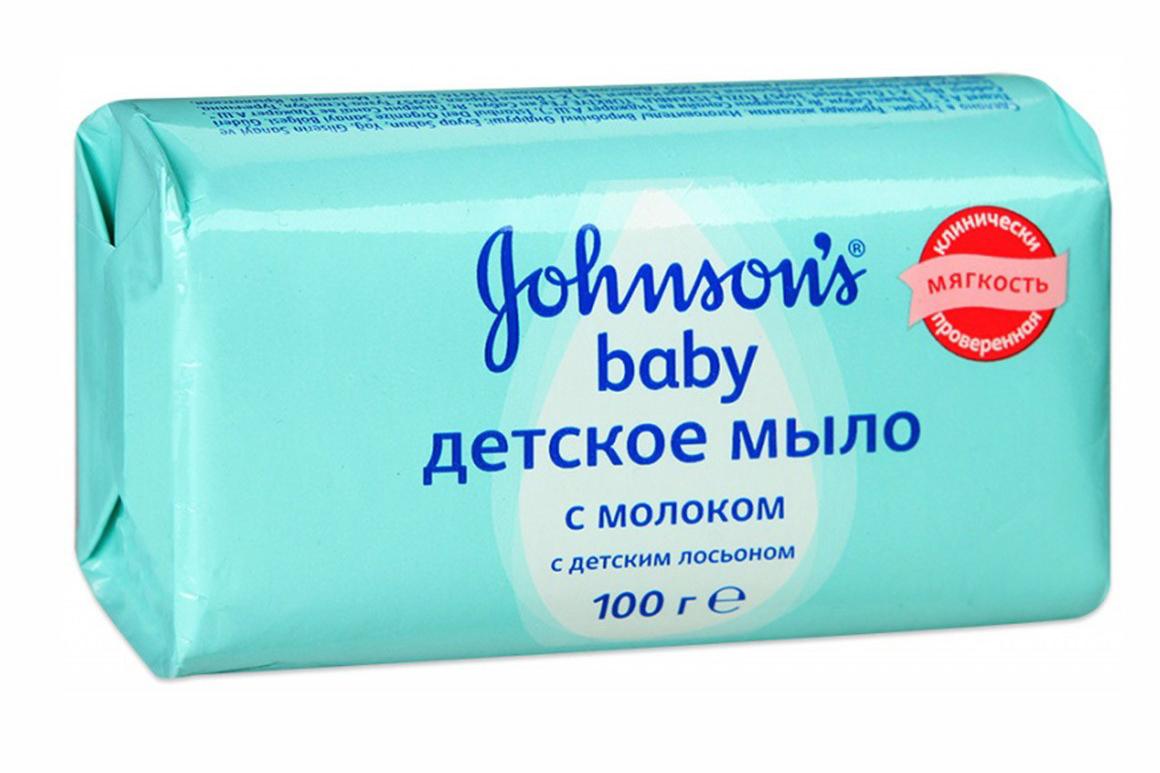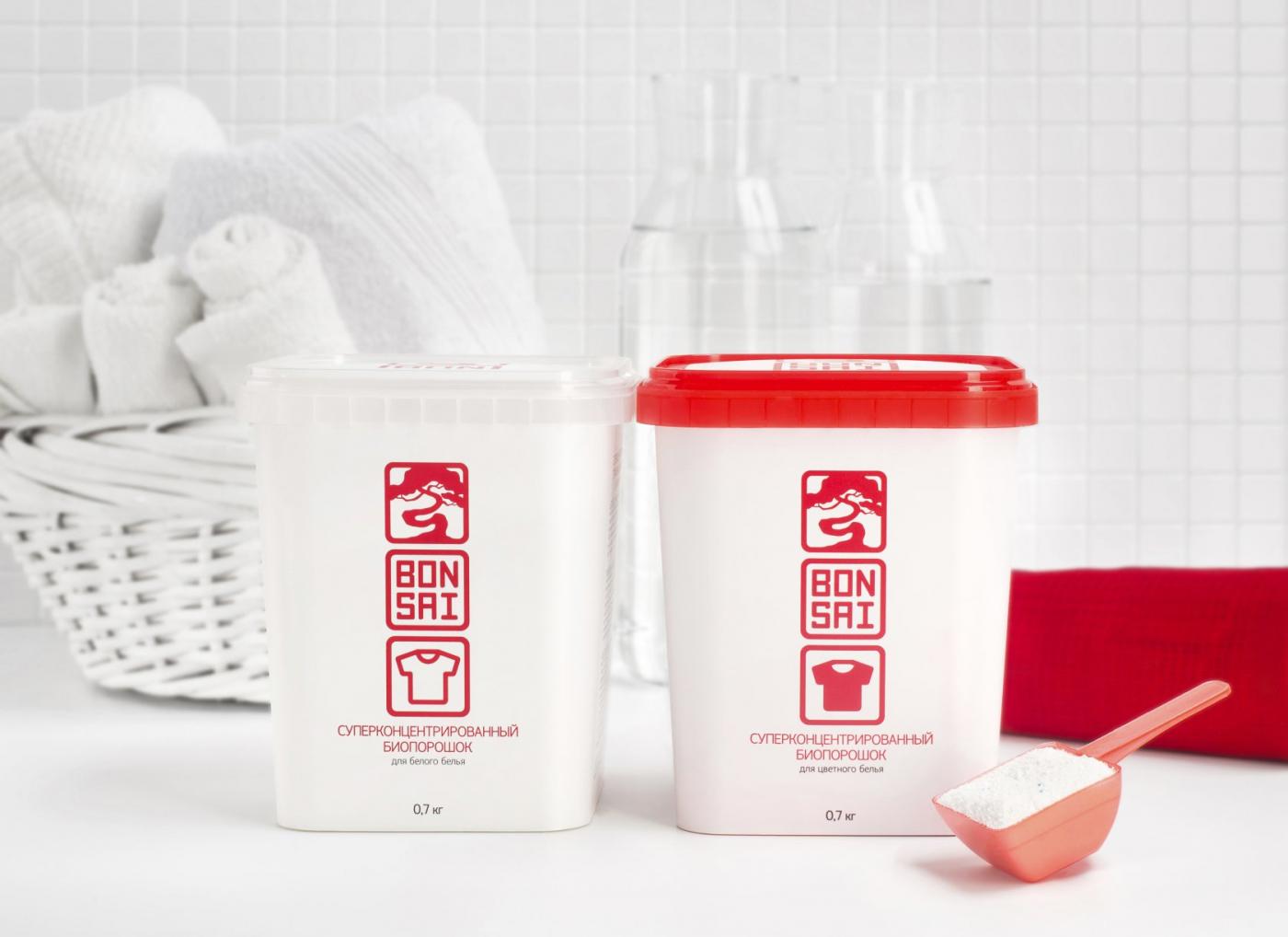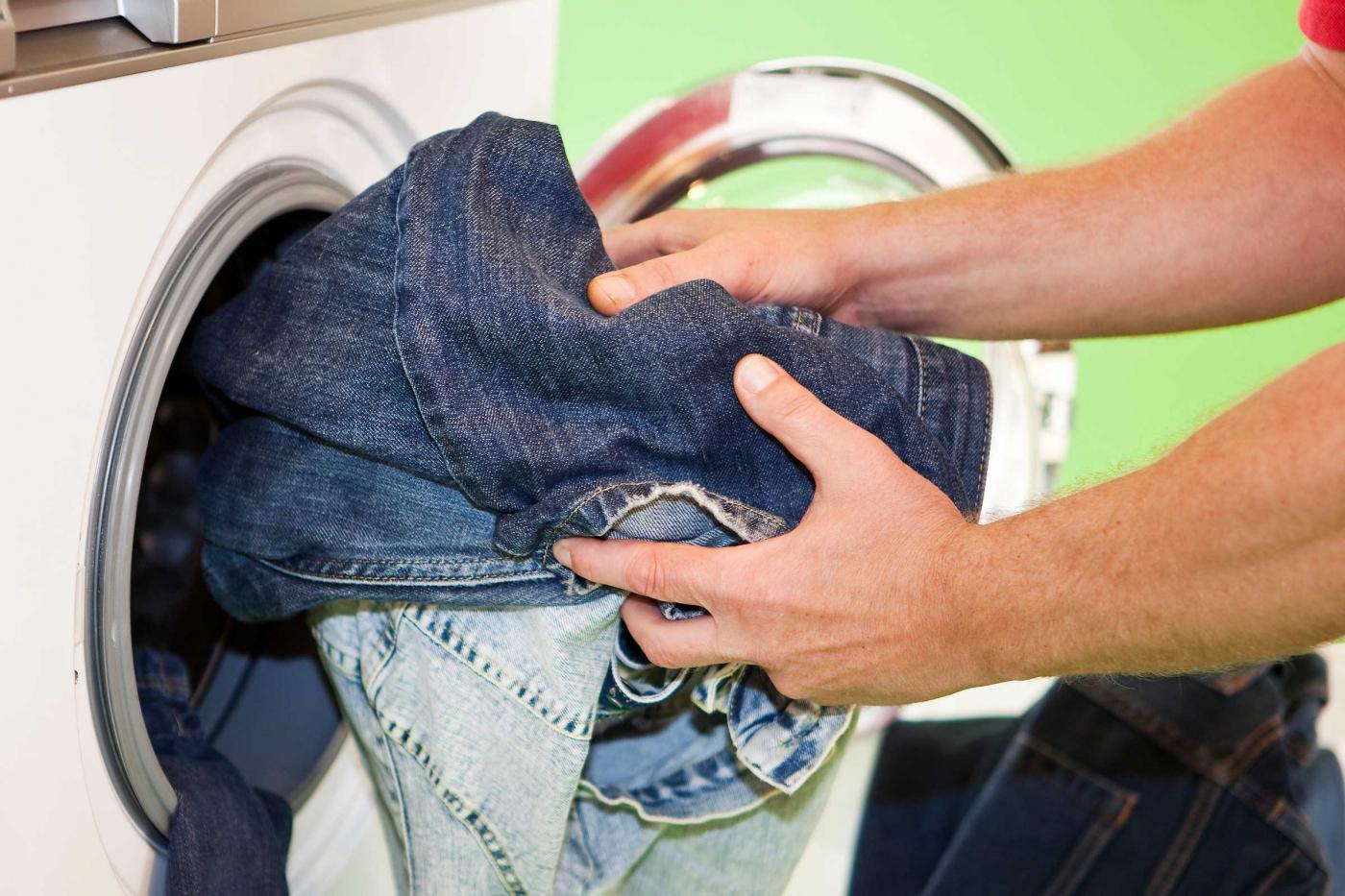Cashmere products are incredibly attractive, warm and expensive. However, to wash them at home, you must be extremely careful. How to wash cashmere so that your favorite blouse or cardigan does not deteriorate? There are certain washing rules that will not only help to clean a cashmere item well, but also help to maintain an attractive appearance.
What is the quality of cashmere?
Things can be made from cashmere of different quality. High quality cashmere fibers are quite thin, long and soft, they are used to produce premium items that are very expensive. An elegant cashmere sweater can cost upwards of $1,000, and the price of a high-quality coat is out of the question. But, it is worth noting that with proper care, uniqlo cashmere items will last a very long time, unless, however, harmful moths reach them.
Cashmere, which is of the highest quality, does not form small pellets and does not stretch. Knitwear made of high-quality fibers does not fluff, due to this there are no pellets.Premium items are made mainly in Italy, as well as in Scotland.
However, there is a large selection of cheaper cashmere clothes on sale, which are made in China and Mongolia. For its manufacture, short and hard goat down is taken. Inexpensive jumpers and pullovers are covered with pellets in a short time, and also lose their shape when washed incorrectly or when worn untidy.
When should an item be dry-cleaned?
Before washing a cashmere cardigan or cashmere dress, read the label carefully. In most cases, there will be an icon on the label that indicates that the item cannot be washed, but can only be dry cleaned. Experts say that dry cleaning significantly prolongs the life of cashmere items.After such cleaning, the product completely retains its properties, it does not fall off and does not stretch.
The dry cleaning method has several significant disadvantages that look like this:
- Ideally, cashmere blouses and other items should be cleaned after 4-5 washes, and the cost of dry cleaning is quite high.
- No one will guarantee that after dry cleaning the thing will be just as attractive.
- After cleaning with chemicals, the item may become less soft.
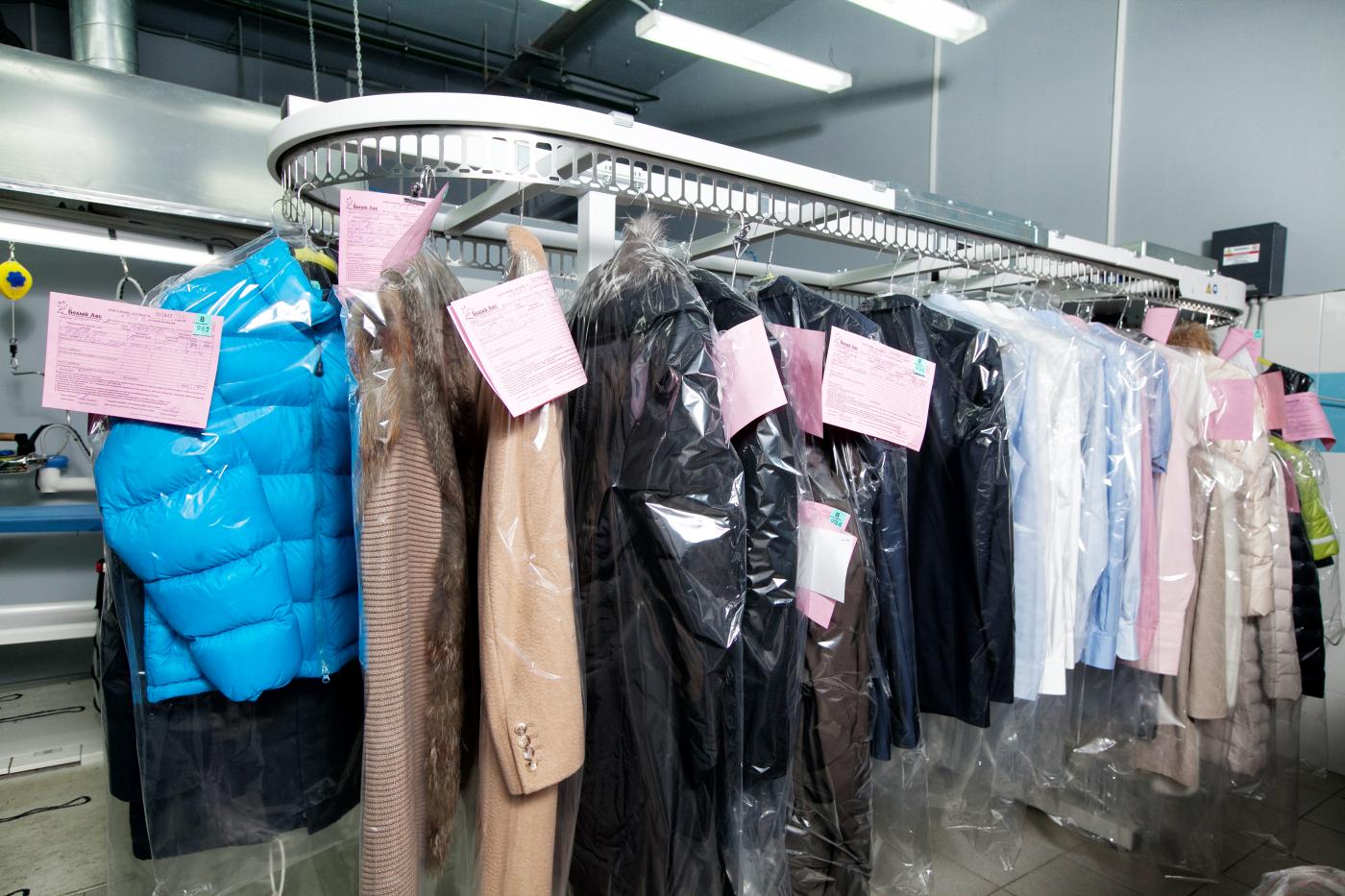
If you are going to give dresses, turtlenecks or cashmere sweaters to dry cleaning, you need to read reviews about a particular company that provides such services.
If frequent dry cleaning of cashmere is not affordable, then you can wash cashmere items at home, following certain rules.
Hand wash cashmere
Wash a cashmere sweater, cardigan or dress separately from other items. Do not use aggressive detergents for washing. If there is no special detergent for washing cashmere, then you can use the usual baby shampoo, which pours quite a bit. All washing of cashmere clothes takes place in several successive stages.
- All pellets are removed from the thing that is going to be washed. This can be done by hand or with the help of a special machine for cutting spools.
- Cold water is drawn into a large basin or bath, the temperature of which should not exceed 30 degrees. It should be borne in mind that the water temperature must remain constant throughout the wash.
- A little baby shampoo or a special detergent for washing cashmere products is poured into the water. It is necessary to ensure that the detergent is completely dissolved in water.
- A cashmere thing is lowered into the water and they begin to gently press it with their hands. Proper washing of cashmere resembles light movements that imitate wringing out a sponge.
After the item is washed, it must be rinsed in several waters until they are absolutely clean. You can not twist such things, as they are deformed.A sweater or blouse is laid out at the bottom of the bath and waiting for all the water to drain. After that, the cashmere product is laid out on a large terry towel to absorb the remaining water. Towels are changed when wet.
Drying
Cashmere clothes should only be dried in a horizontal position.For this purpose, you can use a special dryer, which is pre-covered with a white cotton cloth or terry towel. In the process of drying, the thing is periodically turned over, trying not to stretch the details.
If there is no dryer in the house, then you can dry clothes made of goat hair on a flat table, after covering it with a light cotton cloth. So that your favorite dress or jacket does not deteriorate during the drying process, the following conditions must be observed:
- the room should be well ventilated;
- woolen things are unacceptable to dry on heating devices;
- do not dry cashmere clothes in direct sunlight.
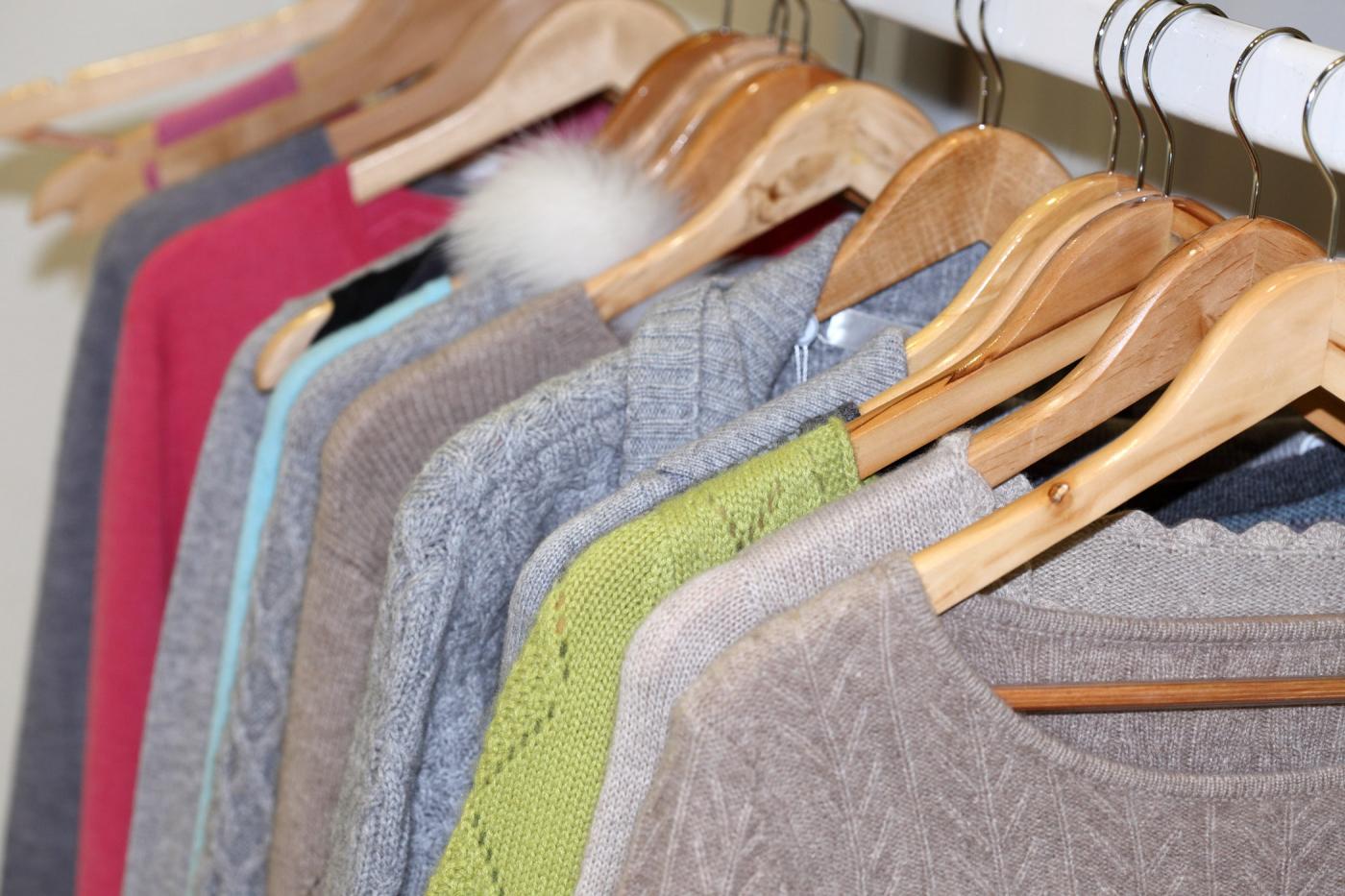
Some housewives imprudently hang cashmere clothes on wooden coat hangers. This cannot be done, because under their own weight things are stretched and lose their shape.
Can you wash cashmere in a washing machine?
Some housewives prefer to wash wool in a washing machine, setting the delicate mode. Experts say that washing cashmere in a washing machine is not worth it. Such washing will lead to rapid damage to expensive items. This is due to the fact that during washing in a typewriter, a woolen item is thrown in the drum from side to side, which is very similar to the process of felting wool. If you really want to wash your favorite cardigan or dress at home, it is better to resort to hand washing.
It is not difficult to wash cashmere at home correctly, the main thing is to follow all the recommendations. If a thing is washed correctly, then it will not change its appearance and characteristics. In the event that doubt gnaws about whether it will be possible to wash a sweater or cardigan at home, it is better to entrust this process to specialists.


